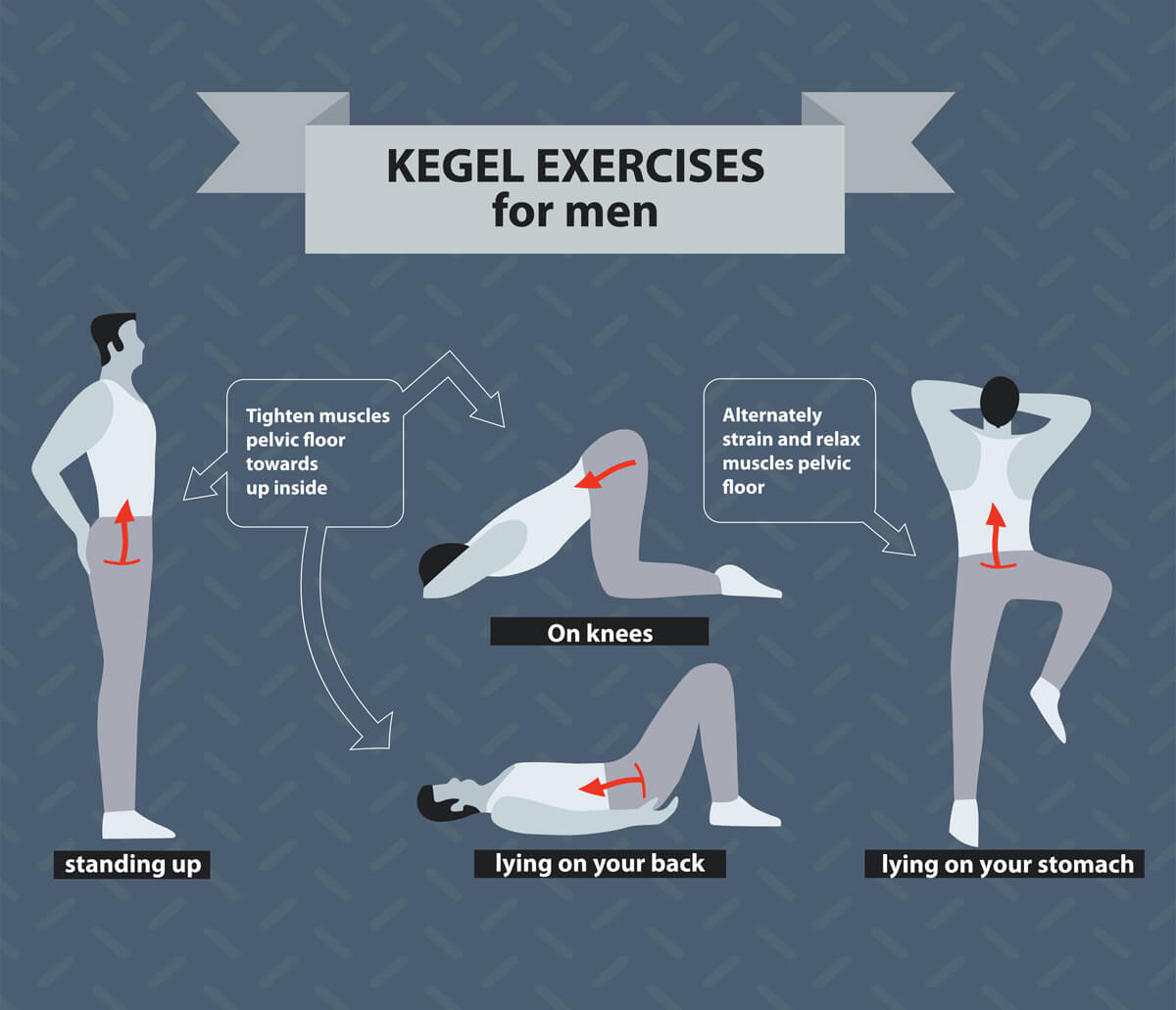Kegel Exercises: Benefits & How-to
What are the benefits of Kegel exercises?
Kegel exercises, also known as pelvic floor exercises, are beneficial for both men and women. These exercises help strengthen the pelvic floor muscles, which support the bladder, uterus, and other pelvic organs. Some of the benefits of Kegel exercises include:
- Improved Bladder Control: Strengthening the pelvic floor muscles can help improve bladder control and reduce symptoms of urinary incontinence.
- Reduced Risk of Pelvic Organ Prolapse: Pelvic organ prolapse occurs when the pelvic organs, such as the bladder, uterus, or rectum, bulge into the vagina due to weakened pelvic floor muscles. Kegel exercises can help prevent or reduce the severity of pelvic organ prolapse.
- Better Sexual Function: Strong pelvic floor muscles can improve sexual function by increasing sensitivity during intercourse and enhancing orgasm.
- Faster Recovery After Childbirth: Kegel exercises can help strengthen the pelvic floor muscles after childbirth, reducing the risk of urinary incontinence in both men and women ,and pelvic organ prolapse.
- Improved Posture and Stability: Strong pelvic floor muscles are important for maintaining good posture and stability, especially as we age.
- Enhanced Core Strength: The pelvic floor muscles are part of the core muscles, so strengthening them can improve overall core strength and stability.
- Prevention of Fecal Incontinence: Kegel exercises can also help prevent fecal incontinence by improving the control of the anal sphincter muscles.
- Enhanced Circulation: Regularly performing Kegel exercises can improve blood flow to the pelvic area, which can have various health benefits.
Kegel exercises are simple to do and can be performed discreetly, making them a convenient and effective way to improve pelvic floor health. It’s important to perform Kegel exercises correctly to get the maximum benefit. If you’re unsure how to do Kegel exercises or if you have a pelvic floor disorder, it’s best to consult with a healthcare provider or a pelvic floor physical therapist for guidance.
How does one do Kegel exercises?
Kegel exercises are simple to do and can be performed almost anywhere, as they involve contracting and relaxing the pelvic floor muscles. Here’s a step-by-step guide on how to do Kegel exercises:
- Identify the Right Muscles: Before you start Kegel exercises, it’s important to identify the right muscles. To do this, try to stop the flow of urine when you’re using the bathroom. The muscles you use to do this are your pelvic floor muscles.
- Find a Comfortable Position: You can do Kegel exercises in any position, but it may be easiest to start by lying down on your back or sitting comfortably in a chair.
- Contract Your Pelvic Floor Muscles: Squeeze your pelvic floor muscles for 3-5 seconds, as if you’re trying to stop the flow of urine or prevent passing gas. Make sure to keep breathing normally during the exercise.
- Relax Your Muscles: Release the squeeze and relax your muscles for 3-5 seconds.
- Repeat: Repeat the contraction and relaxation of your pelvic floor muscles 10-15 times in a row. Try to aim for three sets of 10-15 repetitions each day.
- Maintain a Regular Schedule: To see the best results, try to do Kegel exercises regularly. You can do them while watching TV, sitting at your desk, or even while standing in line at the grocery store.
It’s important to note that while Kegel exercises are generally safe, doing them incorrectly or excessively can lead to muscle fatigue or strain. If you’re unsure if you’re doing Kegel exercises correctly or if you have a pelvic floor disorder, it’s best to consult with a healthcare provider or a pelvic floor physical therapist for guidance. They can provide you with personalized advice and help you develop a Kegel exercise routine that’s right for you.




